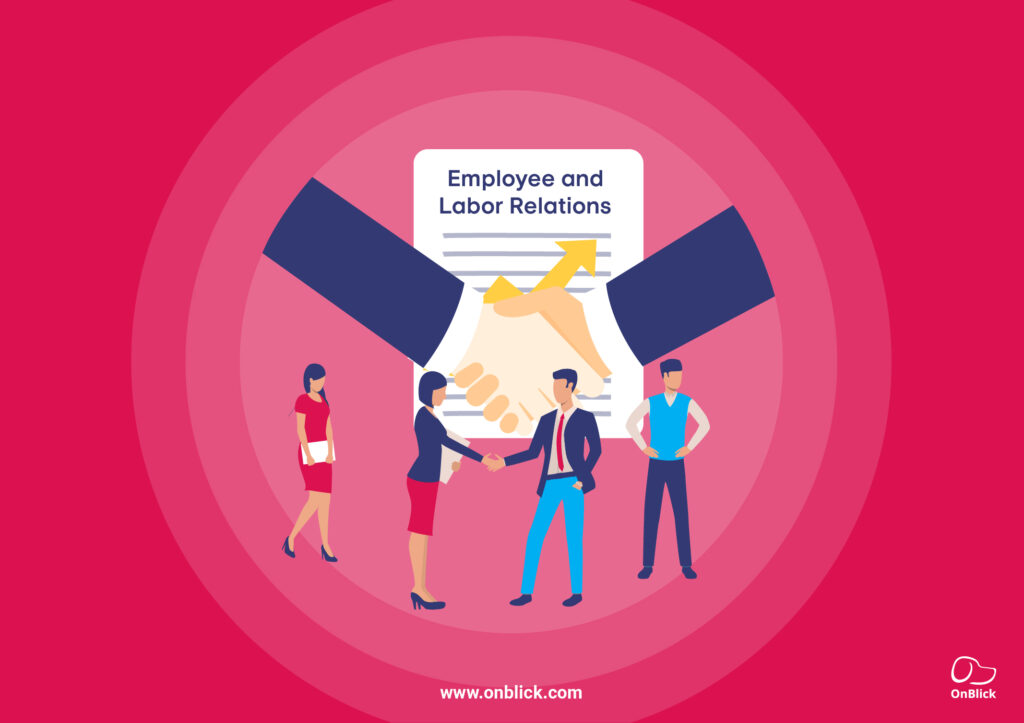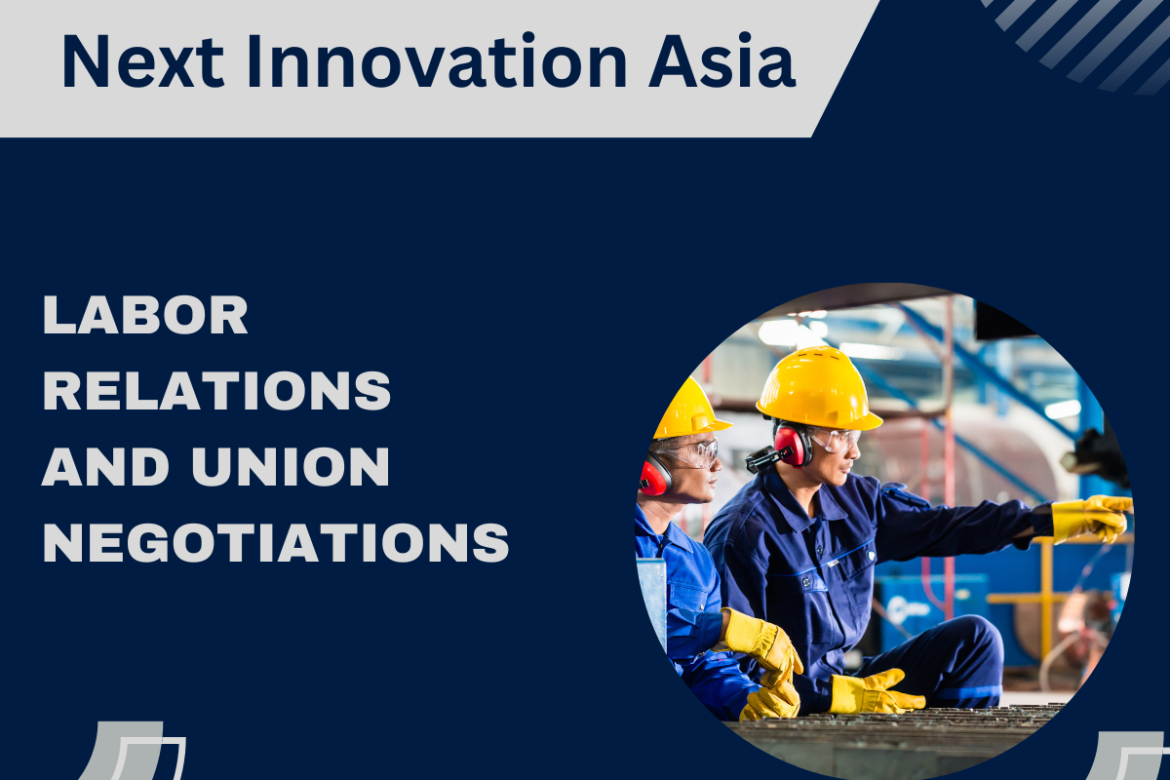Human resources professionals are expected to wear many hats. Particularly in smaller companies, HR deals with varied issues related to hiring and retention, wages and salaries, benefits, employee engagement and labor relations. Even though the Bureau of Labor Statistics has reported that the unionized workforce has dropped to 11.3 percent nationally in 2012, it is important to have a basic knowledge of labor relations so an HR generalist can recognize it when she sees it.
National Labor Relations Act
- Congress passed the National Labor Relations Act in 1935. It outlines the basis for unfair labor practice charges, which can be filed against employers or unions by or on behalf of an employee. Any employer, whether or not its employees are represented by a union, can face an unfair labor practice charge. Generally, ULPs are filed when someone interferes with an employee’s right to engage in or refrain from engaging in protected concerted activity. Examples of protected concerted activity that an employer of any size might see are the circulation of a petition about a change in vacation policy or employees sharing wage information. HR professionals need to understand the basis for any ULP and help the company and its managers respond quickly and appropriately. Penalties for ULPs include reinstatement for a fired employee to a posting admitting wrongdoing.
Labor Relations Specialists - When companies reach a certain size, the individual workload for an HR generalist can become overwhelming. If labor relations issues are common in a company’s day-to-day operations or common in that company’s particular industry, it might make sense to hire a specialist in the field. Labor relations professionals are often human resources personnel with particular training and experience in the areas of unions or unionization. Sometimes, these professionals are even labor relations attorneys who work in-house. A specialist can provide in-depth knowledge on the topic of labor relations and also free up the HR generalist to focus on other issues.
Non-Union Environments - Many people, including in HR, incorrectly assume that labor relations and the NLRA do not come into play in non-union environments. In a non-union environment, HR can expect to face questions from employees and managers about unions or union organizing. HR professionals also must be on the lookout for employees who might be engaging in protected concerted activity and counsel managers not to take adverse action against employees for taking part. There are no formal requirements for HR professionals in non-union environments akin to the ones in unionized workplaces with collective bargaining agreements, but it is still important to understand the law and how it might affect the company.
Unionized Environments - HR professionals or managers who work in an environment that has unionized employees can expect to spend a lot of time dealing with union related-issues. This is true even in businesses with a group of unionized employees, like a building contractor or small vending business. Union representation and a collective bargaining agreement add a layer of complexity to the work environment. The collective bargaining agreement is the law of the unionized workplace, and HR must read and understand this document. HR often is formally involved in the grievance process holding meetings with union representatives and working toward mutually agreeable solutions.
Labor unions and human resources work together during negotiations and when implementing the terms of a final agreement. Labor unions generally represent the employee and HR represents the company, but this does not mean that they are necessarily at odds any more than employees and employers are. Instead, each is working to get the best outcome possible for the people or entity that they represent.
Related Resource: 20 Best Affordable Public Universities with an Online Masters Human Resource Management
Bargaining
Bargaining happens as labor unions and companies try to reach an agreement on employee pay, vacation time, health insurance, and other benefits. Traditionally, this is an adversarial negotiation, but HR can play a role in changing this. Interest-based bargaining involves each party working to understand the position of the other and trying to find mutually beneficial solutions. In the case of employees and employers, each needs the other and each is in a better situation if the other is happy with the final outcome. Labor unions and HR can work together to help ensure that this continues to be the case. For example, employees who have a good work-life balance may be more productive. This means that both parties would benefit from a policy that limits overtime. Good health care benefits may actually lead to lower absenteeism, which benefits companies, since employees will be more likely to get treatment for conditions before they become serious.
Dealing With Grievances
The agreement that labor unions and employees make is the basis for the relationship between the two. However, once the agreement is implemented, in practice, there will be grievances along the way. This is where HR has the opportunity to step in and deal with labor relations in a way that will benefit both the employee and the company. As an article in the HR Daily Advisor suggests, the first step for HR in managing grievances is to offer training opportunities for both stewards and supervisors. This can provide many of the tools and the knowledge needed to avoid some grievances altogether. When grievances do arise, HR can work to find a mutually advantageous solution that takes the needs of both parties into account.
Communication
Communication is key to effective labor relations, and this is one of the most important functions HR can provide when labor unions and human resources work together. HR can work to facilitate better cooperation and communication between labor and management. Conflicts between the two are not necessarily rooted in management wishing to withhold rewards or benefits from employees. For example, management might be concerned about policies that prevent them from rewarding individual employees with merit-based raises. HR can play a key role in ensuring there is good communication between management and labor about the concerns on both sides and how this might be resolved. HR can also organize regular meetings between management and union representatives and can offer guidance to both sides.
Identifying common goals is one key in successful cooperation between labor unions and HR. Ultimately, it benefits both sides when employees and employers are successful. When labor unions and human resources work together, they can achieve successes that neither would be as likely to do on their own.
The relationship between HRM and Labor Relations
Human resources management and labor relations often represent adversarial positions in a union workplace. HR is the employer’s advocate. Labor relations refer to elements that affect union employees. However, HR management and labor relations must coexist within the workplace. Cooperative coexistence can ensure that one organization doesn’t have to deal with strikes or becoming embroiled in lengthy arbitration over collective bargaining impasses or unresolved grievances.
In large organizations with both union and nonunion employees, the labor relations component is separate from human resources management. However, many seasoned human resources managers with expertise in both labor relations and employee relations often function in dual roles as experts in both areas — this is also common in small companies. HR managers who work for small businesses and experienced HR managers with knowledge of labor law and a firm grasp of labor-management issues have a significant role as management representatives in the collective bargaining process.
Labor Relation affects staff loyalty and productivity
The primary role of labor unions is to fight for its members so that their members will have better rights, working conditions, wages, and benefits. On the other hand, management introduces and implements certain Human Resource practices that utilize Human resources in building a competitive advantage and improve organizational performance.
- Firing an employee because of his/er trade union work
• Sometimes management tries to fire the employee or try to make them uncomfortable to make them leave the work by themselves because of their work with the union. - Unrespectable behaviors in bargaining sessions
• Unrespectable words, Shouting, very load laughing, hitting, Cursing, and tricking. - Do not conduct the agreement which agreed on it after bargaining
• A bad habit could be done by the management which is breaking the terms of the agreement. - Leaking information about the ongoing negotiations with unions
• There are a special spokesperson for the bargaining process and any information it sources not the spokesperson is a type of leaking information
Next Innovation Asia


